Foodgrains are found in the kitchens of all the houses all over the world. Whole grains are full of high iron, magnesium, manganese, phosphorus, selenium, dietary fiber, and B vitamins.
Choosing whole grains instead of refined grains reduces the risk of many diseases like heart disease, type 2 diabetes, cancer etc. Today in this article we are going to tell you about the list of whole grain foods –
List of whole grain foods that can help you in staying healthy
Brown rice
- Worldwide, it is seen as a substitute for white rice.
- This is because brown rice contains the entire layer of whole grains.
- Whereas only one layer is left in white rice, due to which vitamins, minerals, and antioxidants are more in brown rice.
- Due to the elements present in it, it helps in reducing blood pressure, inflammation and bad cholesterol.
(Click to know the difference between Brown Rice and White Rice)
Barley
- It is high in selenium, manganese, zinc, copper, phosphorus, potassium, fiber, magnesium, and B vitamins.
- You can find many types of it in the market.
- Also, it is not gluten free.
Mecca
- It contains more nutrients than rice and wheat.
- Unprocessed maize contains high copper, zinc, phosphorus, manganese, vitamin B, antioxidants, potassium, etc.
- It has been seen in many studies that the antioxidants present in it reduce the risk of macular degeneration and cataract.
- Both of these are considered to be the main cause of blindness.
Rye
- It is being used for many centuries.
- It is full of nutrients more than wheat.
- It has more minerals and less carbs.
- Therefore, the blood sugar level does not increase immediately after the consumption of rye as compared to wheat.
- Also, fiber is high in rye.
- According to research, consuming dietary fiber slows down the absorption of carbs in the intestines.
- Due to which the level of blood sugar increases slowly.
Quinoa
- One of the foods that has been used for many years.
- It contains vitamins, fiber, minerals, proteins etc.
- Being a source of antioxidants, it removes free radicals from the body.
- Free radicals can cause heart disease, cancer, chronic inflammation, etc.
- It is one of the few plants in which all the essential amino acids are present.
Buckwheat
- Many nutrients are present in it like fiber, vitamin B, phosphorus, iron, copper, magnesium etc.
- Also, buckwheat is naturally gluten free.
- Buckwheat contains resistant starch which helps in improving and controlling blood sugar levels, digestive health, heart health and weight loss.
Maize
- It is considered one of the healthy snacks.
- Its special property is bloated when cooked hot.
- They contain many types of fiber, magnesium, copper, zinc, phosphorus, vitamin B.
- Corn found in the market contains many unhealthy fats, salt, etc., which can harm health.
Whole grain pasta
- It is made from whole grains, due to which vitamins, minerals and fiber are present in them.
- Also, due to the high fiber content, after consuming it, appetite etc. is felt less.
- However, it is not as healthy as quinoa and brown rice but is made from whole grains.
Daliya
- It can be made by mixing it with vegetables, salads, etc.
- It contains iron, manganese, and magnesium.
- In addition to being a source of fiber, it also reduces inflammation, reduces the risk of heart disease, and reduces the risk of certain cancers.
Oats
- Oats are known worldwide as a healthy grain.
- Not only does it contain vitamins, minerals, and fiber, but it is also naturally gluten free.
- They are rich in antioxidants, which have been linked to lower blood pressure and reduced risk of colon cancer.
- Also, oats are a good source of soluble fiber, which aids in digestion and helps in better absorption of nutrition.
- Whole grain oats should be consumed, while quick oats etc. should be avoided as they contain extra sugar.
Bread
- It is easy to include bread made from whole grains in the diet.
- There are many types of bread available in the market which can be consumed.
- Bread can be eaten in many ways by keeping sandwiches etc. or lentils in the middle.
Millet
- It has been used in food since ages.
- Along with being full of nutrients, it also contains magnesium, manganese, zinc, potassium, iron, fiber and some types of B vitamins.
- Naturally, millet is gluten free.
- According to research, it helps in improving inflammation, triglycerides, and blood sugar level.
Whole wheat
- It is quite popular and used in many types of cereals.
- This includes pasta, noodles, cooked items, etc.
- Wheat is very popular but it also contains trace amounts of gluten.
- Some people have a problem with gluten which can trigger negative effects of immunity.
- Whereas people who do not have any problem related to gluten can easily include it in the diet.
- Whole wheat contains dietary fiber, minerals, vitamins and antioxidants.
Lastly
Whole grains are very less processed, so they are full of nutrients more than refined foods.
Consuming whole grains in place of refined grains can provide many health benefits such as the reduced risk of chronic diseases including cancer, heart disease, type 2 diabetes.
Apart from this, any other problem or question should be contacted by talking to the doctor.
FAQS – Whole grain foods list
Which grain is good for health?
- Barley
- Oats
- Quinoa
- Corn
- Brown rice
- Amaranth
What are the 6 whole grains?
- Oats
- Rye
- Brown rice
- Buckwheat
- Corn
- Millet
What is the best way to eat whole grains?
- Having oats in breakfast could be the best way to start your day with whole grains.
What is the most eaten grain in the world?
- Rice
Which grain is best for weight loss?
- Barley
- Brown rice
- Quinoa
- Buckwheat
- Millets
Are potatoes a whole grain?
- Yes, they could be If eaten without taking skin off.
What is the healthiest whole grain?
There are many whole grains extremely healthy –
- Buckwheat, oats, millet, Dalia, mecca, brown rice, etc.
References –
- https://pubmed.ncbi.nlm.nih.gov/11170616/
- https://www.fda.gov/Food/GuidanceRegulation/GuidanceDocumentsRegulatoryInformation/LabelingNutrition/ucm059088.htm
- https://pubmed.ncbi.nlm.nih.gov/18187018/
- https://pubmed.ncbi.nlm.nih.gov/22005336/
- https://pubmed.ncbi.nlm.nih.gov/16227186/
- https://pubmed.ncbi.nlm.nih.gov/27496788/

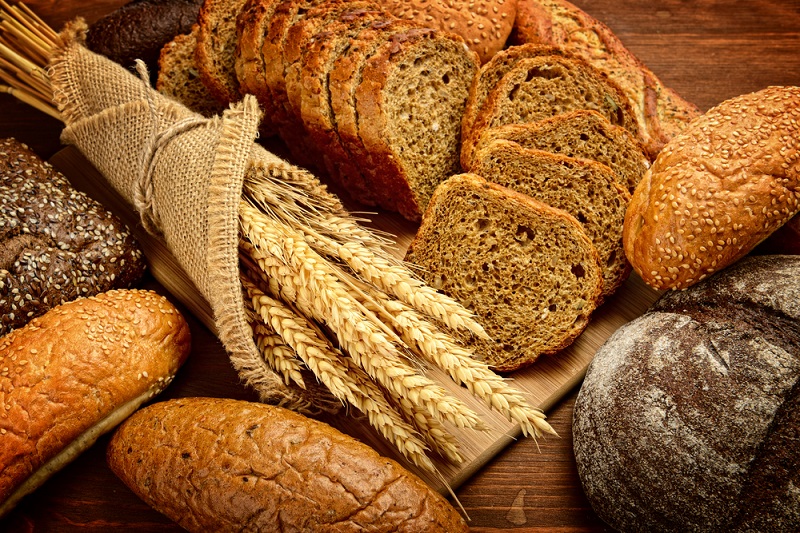

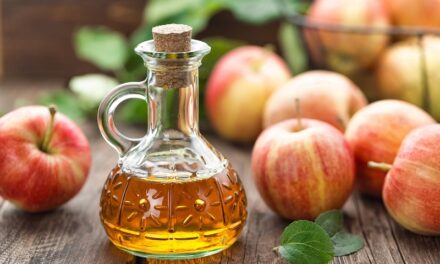
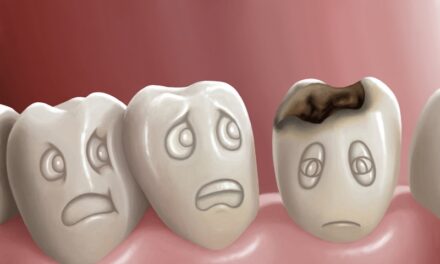
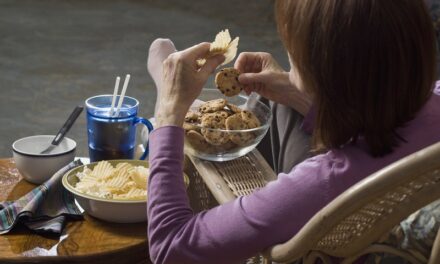
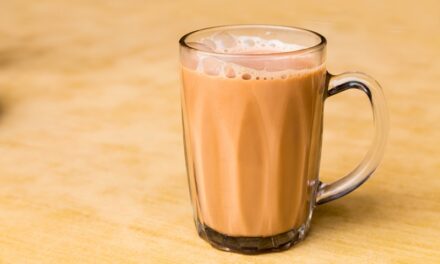







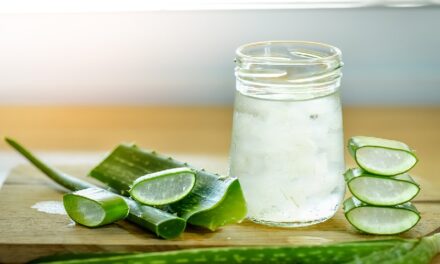

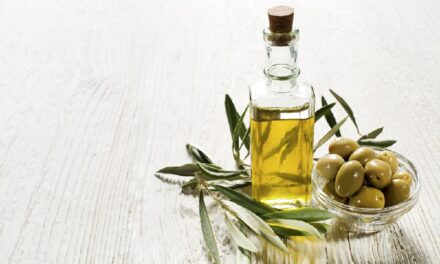





 English
English हिन्दी
हिन्दी








